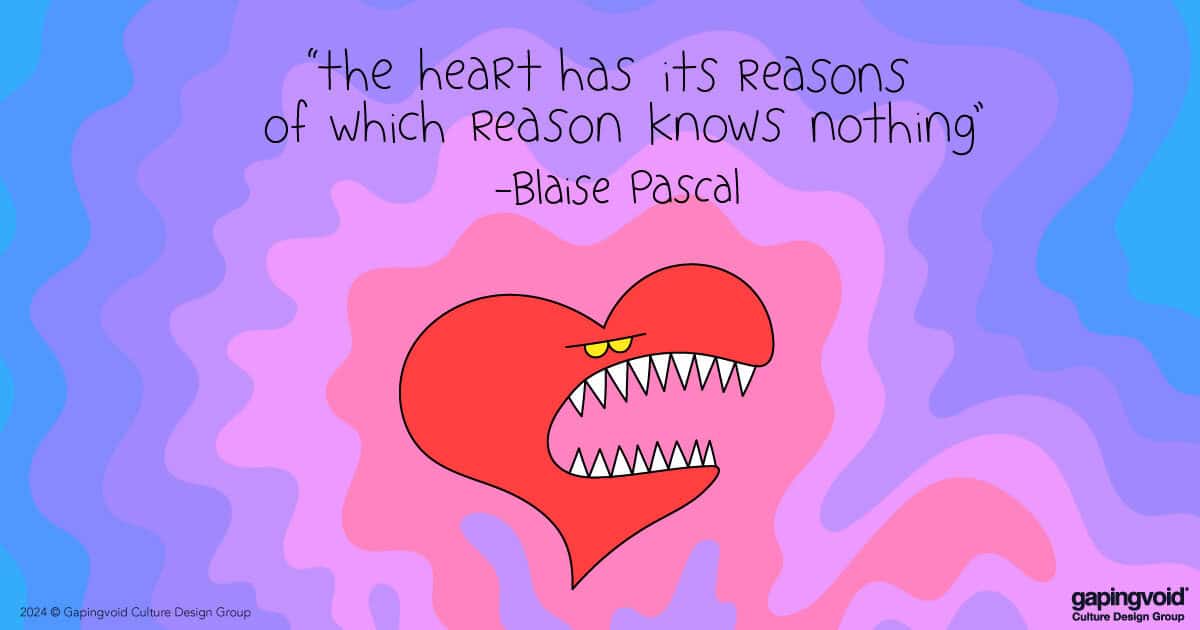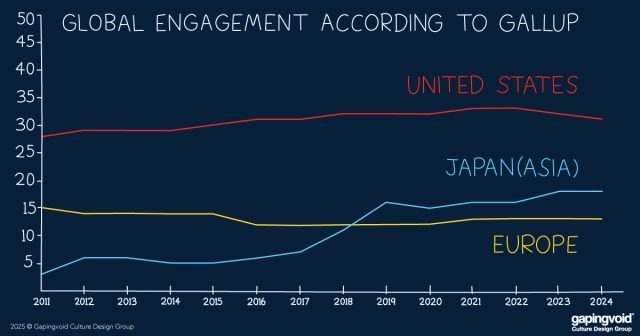
Driving a tank in the Second World War was a high-stakes, scary, and dangerous job.
So tank crews did what humans tend to do in unpredictable, uncontrollable situations: Carve out little spheres of control.
This is why they created “improvised armor.” They’d bury the tank in sandbags. Tie big logs or tree trunks to the front and the sides. Weld scrap metal on. Cover the vehicle in planks, and drape spare tracks over the hull. The basic goal being to put more things between the crew and the incoming projectiles.
It has a certain intuitive appeal. It feels like it should protect the crew. But the Army soon found out that at best, it didn’t work, and at worst, it was downright counterproductive.
The “field modifications” could block key vision ports, slow down the vehicle, put excess weight on suspension and transmission, strain the engine, and lead to mechanical issues… all without providing much of a defensive benefit.
Leaders in the Army began to discourage the practice – to no effect.
This is where the story gets interesting. If it clearly did more harm than good, why wasn’t the Army able to change the behavior of the crews?
As the old saying goes, “You cannot reason a person out of a position they did not reason themself into in the first place.” In this case, the Army tried to change the behavior without really addressing the underlying reasons the behavior began in the first place. They provided a) orders and b) logical arguments against something the crews did for a) emotional and b) intuitive reasons.
They might as well have been speaking different languages.
A similar story played out when the army tried to convince soldiers not to interact all-that-much with local civilian populations in war-torn Europe. Didn’t work. However strong the compulsion to follow orders was, the human need to connect was much stronger.
This is a lesson worth remembering at times when we need to persuade people to change their behavior (i.e., most of the time). The first step in changing a certain behavior is understanding why it occurs in the first place.
Facts are useful, but feelings are who we are.



